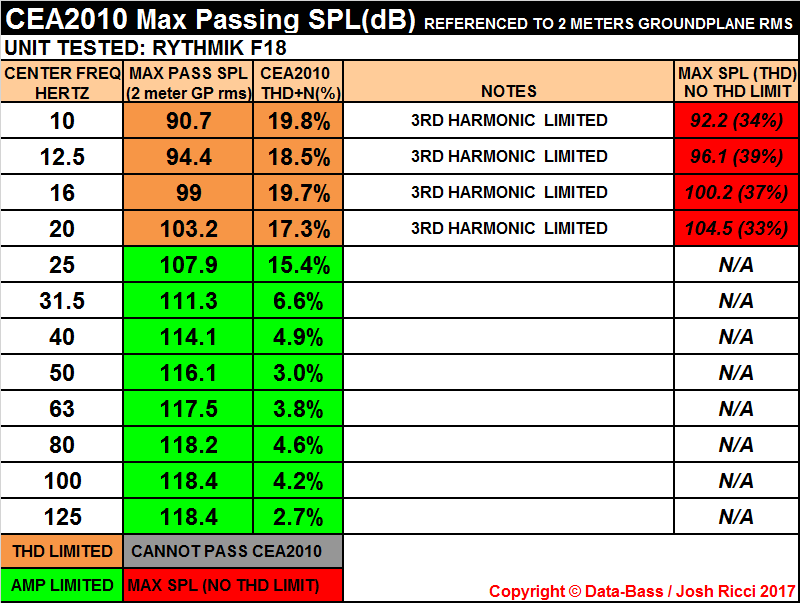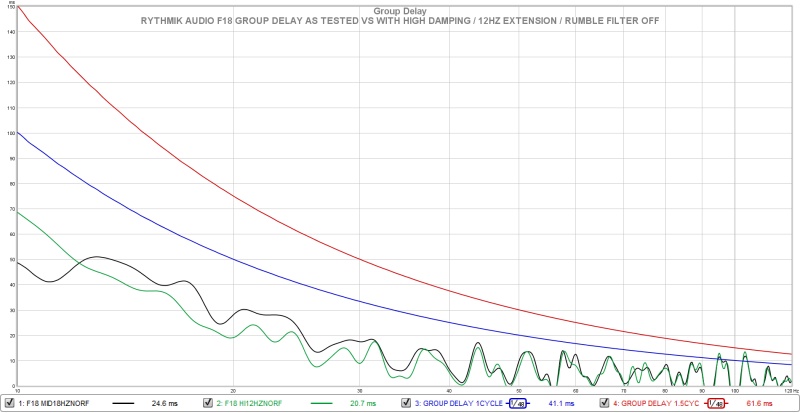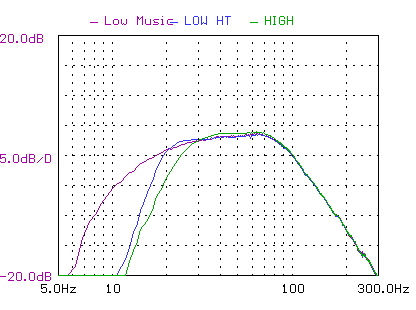My suggestion for a subwoofer measurement would be to test its ability to track a square wave at E0 (20.602Hz) at a reference level. How fast can it incline and decline, and can it hold steady at the top and bottom of the square? I think that's where you'll really see a big difference in engineering quality.
As others have implied, this is a useless and scientifically wrong approach to understanding a subwoofer. The speed at which it rises is governed by the bandwidth - which is necessarily confined by the low pass filter. Holding steady is a function of its x-max. In order to maintain a constant pressure the cone must move at a constant speed. So the sound pressure at which a constant pressure can be maintained is nothing more than a function of the desired pressure, the period of the signal and the driver's x-max.
To a large extent, unlike ordinary speakers, a subwoofer is characterisable by nothing more than the basic physical parameters of the driver and the box. The ubiquitous Thiele-Small parameters and the box alignment. What we are likely to see in most of the tests is a validation of the TS parameters and box design. Where it will get interesting is where it uncovers simple lies from the manufacturer: deficiencies in the amplification and filters, poor box construction, for vented boxes issues with things like vent noise, and maybe driver distortion.
To be useful a sub needs to have little to no output above its operating range, otherwise it starts to cause problems with localisation - that is you can localise it. Usually with a pretty steep (ie 4th order) crossover at 80Hz. Port noise, rattles, resonances and distortion products will be localised. Localisation of distortion products is an interesting issue, as that maybe more important than the perceptual influence of those products on the sound quality.
What it tells you is that you don't want the sub to reproduce much at all above the crossover frequency. Hence any idea of reproducing square waves is a really bad idea. It harks back to such nonsense as 'fast' bass.
Last edited:



